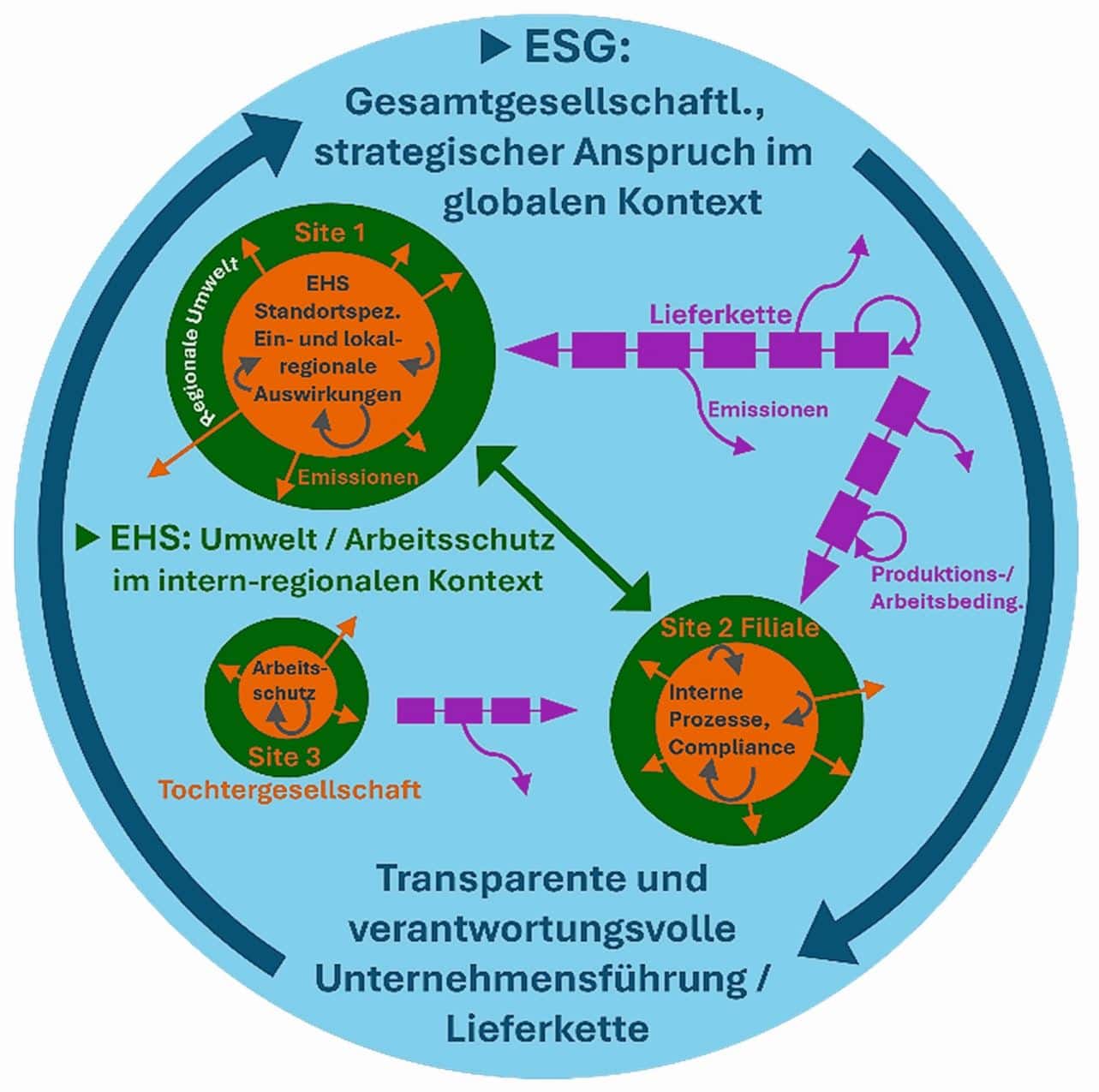"Backup force" for sales processes
Salesforce makes it clear why SaaS applications also need a backup strategy: Human error, integration risks, and other scenarios make the loss of data and metadata likely. The solution is a backup strategy, as our guest author explains.

Where is my data? A simple question that is difficult to answer today - unlike in the past. Software-as-a-Service (SaaS) applications like Microsoft 365 or Salesforce behave like software, are a software, but the data is in the cloud, the data flows change with the state of the networks between the data center and the user in the office. No one can guarantee that data will flow undamaged across all network points. In upcoming crisis scenarios, such as a power shortage, the risk of data corruption increases if, for example, the service in the data center is still running thanks to emergency power, but access to it is repeatedly interrupted, either planned or unplanned. It is therefore time for a backup and disaster recovery strategy that is easy to implement and that answers the question posed at the beginning of this article: Where is the data in an emergency? In the backup. Checked, tested and stored according to the well-known 3-2-1-1-0 rule.
Salesforce is one of the best known and most common SaaS applications around, at the heart of what we do with and for our customers. Switzerland is therefore one of Salesforce's top global markets. In general, it can be said that the strategic value of customer and company data increases exponentially. Data-driven customer relationship management (CRM) therefore also means that defective or non-existent data directly leads to lead losses and thus to revenue losses. It is therefore all the more surprising that backups have not yet been given a particularly high priority. A survey conducted by Veeam among 800 IT decision-makers and Salesforce implementation partners revealed this and more. That could change in the near future, as IT risks increase - as does the complexity of IT environments and use cases.
What can go wrong
The Veeam investigation has revealed a clear picture of where Salesforce's data risks lie. In addition to the usual human operating errors, corrupt data due to faulty imports are also a possibility. In addition, other cloud applications can be linked directly to Salesforce - another possible source of error. Data loss can often be traced back to many other causes, such as incorrectly set permissions or hardware defects, which are certain to increase with more power outages, for example. However, the most important reason for a backup strategy is the fact that companies themselves are responsible for their data and not the provider or service.
Salesforce's main responsibility is "only" to provide the global infrastructure necessary for the service. Salesforce has built-in data replication and geo-redundancy between data centers. The Salesforce ecosystem provides a variety of tools and resources to store, back up, move and interact with Salesforce data - always with the risk of data loss. If you take a look at the help pages, you'll quickly see that a recovery process is manual and can be quite complex.
Profound effect of defects
The creation and modification of data through manual or automated processes is the responsibility of the user or the company for which they use the data. Custom applications that the user creates for their requirements, workflows, fields, and validation rules - all of this is also the responsibility of the Salesforce user.
Salesforce data consists of two components: Salesforce data and Salesforce metadata. Both are essential for the success of the often widely ramified, international sales departments. Metadata are descriptions of the company's data, for example the labeling of the fields, so entire processes can be automated with metadata. It is understandable that defects here can cause unimagined profound interactions and error cascades. Therefore, it is simply business-critical that the clean state can be restored within minutes after a data loss.
How to use Salesforce more securely
Responsibility for your own data involves more than just address and date fields, but control over the fundamentals of business continuity as well as track record. That's why Veeam believes companies need a readily available copy of their data stored in a location other than the Salesforce infrastructure and stored separately from the source. To that end, our company recently launched Veeam Backup for Salesforce was launched. This enables backups to be restored within minutes at any granularity; they can also be stored on- and off-premises in any cloud environment. Salesforce records, hierarchies, fields, files and metadata are under the complete control of a company and its user groups.
Author:
Stephan Herzig is Enterprise Technical Advisor Switzerland at Veeam









